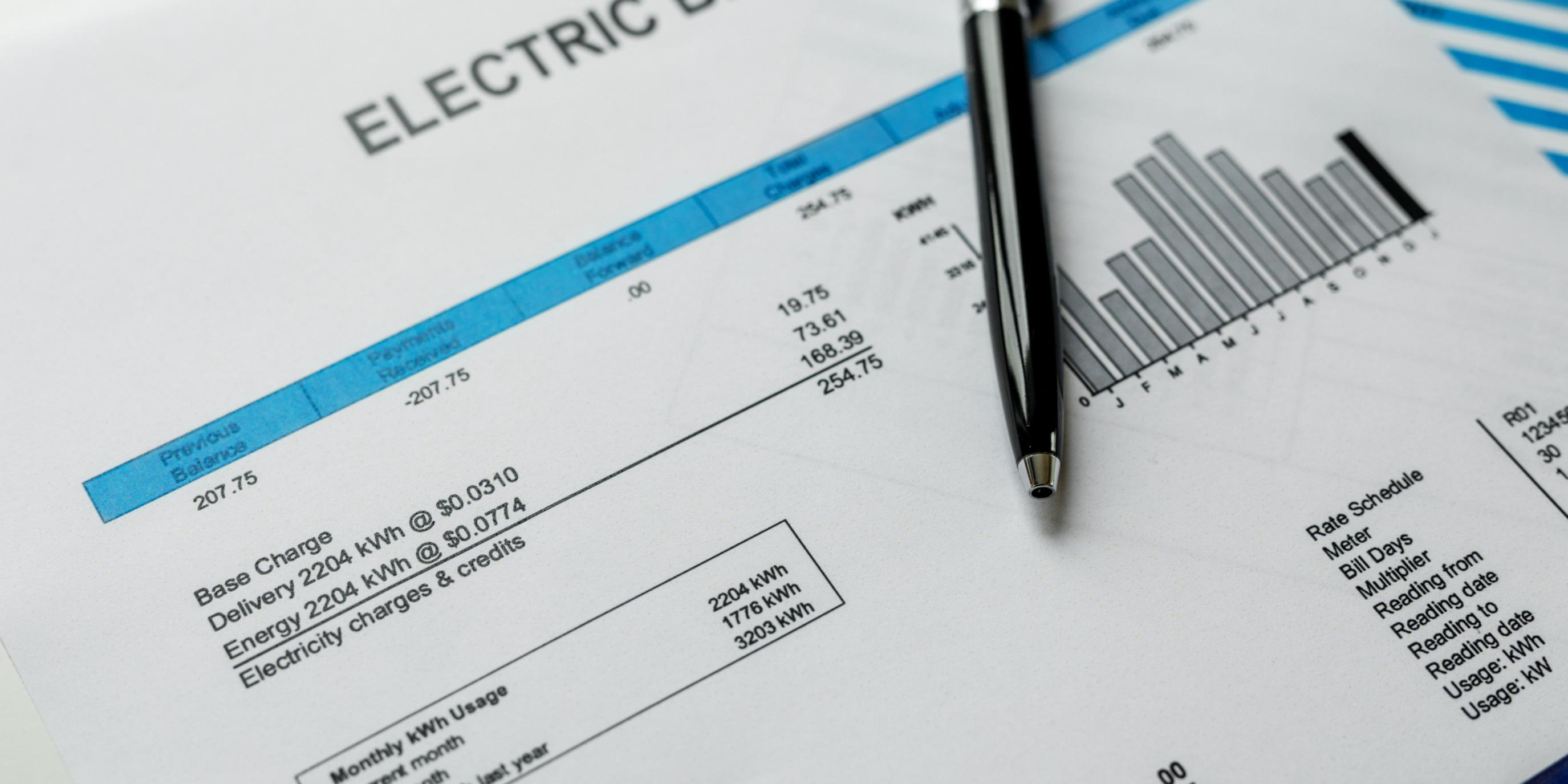Practical Tips to Reduce Your Energy Bill

Why Is My Electric Bill So High?
For most families, the monthly electrical bill is a steady, unexciting expense; you may not notice it until something changes. When you see an abnormally high electrical bill or a gradual increase, it can put a squeeze on your finances. Luckily, there are several practical ways to lower your electrical bill and prevent future spikes.
Short-term and Long-term Electric Bill Increases: What to Know
Start your electricity bill sleuthing by putting the increase in context. If your electrical bill was higher than usual for a month, the underlying cause is likely different from an increase over several months or years. That can help narrow down the issue and make lowering your energy bill much easier.
The Dramatic Electric Bill Spike
“Help, my electric bill doubled in one month!”
We don’t hear it often, but it does happen. A short-term spike in electricity bills often signals a dramatic increase in electricity use, malfunctioning appliances, or a change in your rate or billing structure.
Using more electricity is the most common cause of a short-term electric bill spike. Other factors that can cause usage spikes include:
- More people living in or visiting the home.
- People spending more time at home, including remote workers or kids home on school break.
- Additional appliances in use, such as air conditioners, air purifiers, whole-home dehumidifiers, fans, etc.
- Changes in settings, such as increased water temperature for an electric water heater.
However, there could be more to the story. With your energy bill in hand, contact your electricity company to determine what caused such a dramatic increase.
The Slow, Gradual Energy Bill Increase
While long-term electrical bill increases can also be caused by several factors listed above, they’re more likely associated with changes to your electricity rate.
Your local utility determines the cost of electricity (households pay based on their electricity used, measured as kilowatt-hours, or kWh), and varies regionally based on several factors, including:
- The cost of fuel used (usually a mix of coal, natural gas, wind, hydro, solar, and nuclear).
- The demand for electricity, with rates increasing during periods of high electricity use.
- Regulations, which may cap the cost per kWh.
- Plant availability, with electricity output higher or lower based on scheduled maintenance or outages.
Electrical rates and price increases vary widely by state and utility. The national average rate has increased about 2.36% per year since 1997, though several states have experienced substantially faster cost increases. If you’re paying 5% more now than you were during the same period last year, it’s worth talking to your utility and taking a proactive approach to lowering your usage.
How to Save Money on Your Electric Bill in 5 Easy Steps
The obvious way to lower your electric bill is to use less electricity, but the obvious isn’t always easy. In many cases, households are using energy without even realizing it.
1. Reduce phantom energy waste.
Even modern energy-efficient appliances use electricity when not in use or in standby mode. Sometimes referred to as “phantom load,” TVs, phone chargers, computers, and other devices account typically account for 10% of a home’s total electricity use.
2. Replace inefficient lighting.
Many families still have a few older incandescent bulbs in use. Modern, energy-efficient options like light-emitting diodes (LEDs), compact fluorescent lamps (CFLs), and halogen bulbs use 80% less energy and provide better illumination.
3. Turn off appliances and lights.
Turning off lights and appliances when you leave the room makes a difference. Get in the habit of turning off all electronics when you leave the house and encourage everyone in your home to shut off computers, TVs, and lights when not in use.
4. Opt for a smart thermostat.
Adjusting your electric heating or cooling system’s setting by one degree can raise or lower your monthly bill by 3%. Over an eight-hour work day, that’s a 10% difference in your annual expenses. Consider installing a smart thermostat to automate your HVAC system and maximize your savings! While this will have the biggest impact on those with electric heating systems, it will still benefit households with AC units. According to an EIA study, nearly 90% of American homes have air conditioning, which means millions stand to save with lower electricity use!
5. Lower your water heater setting.
About 40% of US homes have an electric water heater, and that figure is expected to rise as home builders opt for electric HVAC equipment and heat pump water heaters. On average, water heating accounts for 18% of residential energy use and poses an opportunity for cost savings. While most units are set to 140 degrees Fahrenheit by default, lowering yours to 120 degrees could save you up to $400 per year.
Save on Your Electric Bill (and Save the Planet) with Mister Sparky Electric
Homeowners who know how to lower their electric bill can feel good about saving money. They can also feel good about reducing their carbon footprint and getting more out of every kilowatt.
With expert energy efficiency tips and punctual repairs and installations, we help our neighbors keep electricity bills in check. Find the Mister Sparky Electric in your neighborhood or call (877) 957-2190 today!
